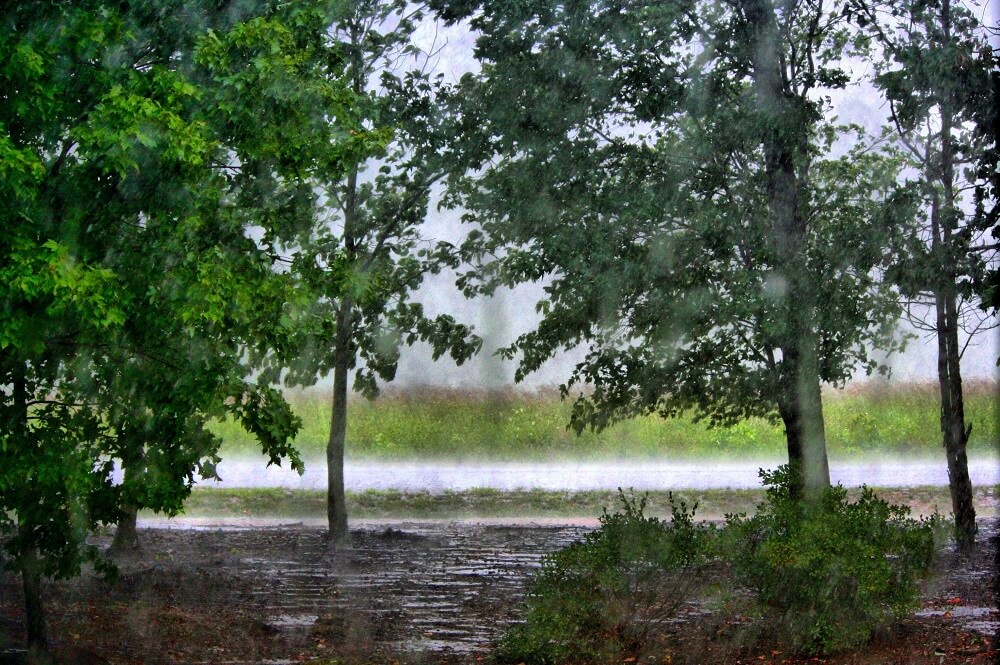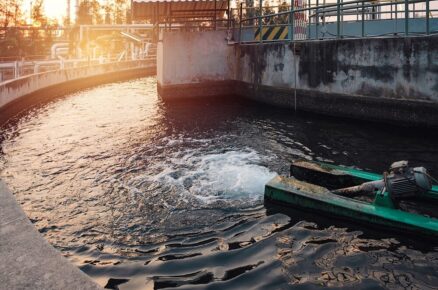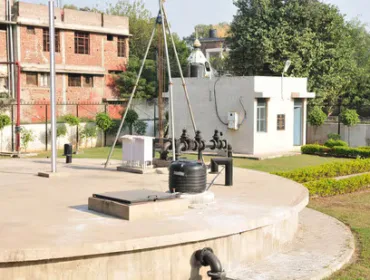WD News: Regions surrounding the northern Bay of Bengal (BoB) have received higher precipitation than the other parts of India in the last 10,200 years, reveals a new study that traced the dynamics of Indian Summer Monsoon Rainfall (ISMR).
“The study can help understand long-term trends of climate change impacts on the ecosystems and may help mitigate future climate extremities,” scientists said.
The period of last 10,200 years, is the one that witnessed development and collapse of numerous ancient civilisations around the world, many of which were associated with climate instability, scientists said.
The four-year study was conducted by a team of 10 researchers led by a senior scientist Ruby Ghosh of Lucknow’s Birbal Sahni Institute of Paleosciences, an autonomous body constituted under the Department of Science & Technology, Government of India. It was done in collaboration with professor Subir Bera, Botany department, Calcutta University and P M Maharana, Nalanda University, Bihar.
The team of researchers and scientists found out that northern BoB region received more rainfall than other regions of India.
According to researchers, agriculture in India is heavily dependent on the ISMR. The Bengal Basin or the ‘Bengal region’ being located at the trajectory of the Bay of Bengal (BoB) branch of the ISMR is very sensitive to changes in the ISMR strength and even a minor change in it, could have adverse effects on the agrarian-based region’s socioeconomic conditions, they said in the study.
“Even though the northern BoB received more rainfall, the period also witnessed rise and fall in the rainfall level. Severe fluctuations in the monsoon regime impacted the lake ecosystem resulting in drying up of a lake in north Bengal which became shallow and completely dried up between 1700 and 1800 CE,” the researchers and scientists said in their exhaustive study.
More rain in the BoB region makes it more favourable for agriculture than other parts of India. Being in the trajectory of the BoB branch of ISMR, almost all parts of eastern and north-eastern India are affected by this monsoon which is why it has more vegetation than other parts of India, according to the study.
BSIP, in collaboration with Calcutta University and Nalanda University, has for the first time, reconstructed the history of the ISMR variability from this region.
In the hydro-climatic history of the last 10,200 years of the Bengal region published in the journal Palaeogeography, Palaeoclimatology, Palaeoecology.
The scientists collected sediment samples from the bed of a dried lake from the northern part of the Bengal Basin and standard techniques were followed for building the age-depth model of sedimentary sequence and measuring different palaeo- climatological parameters.
Source: Hindustan Times
Image courtesy: Pixabay














